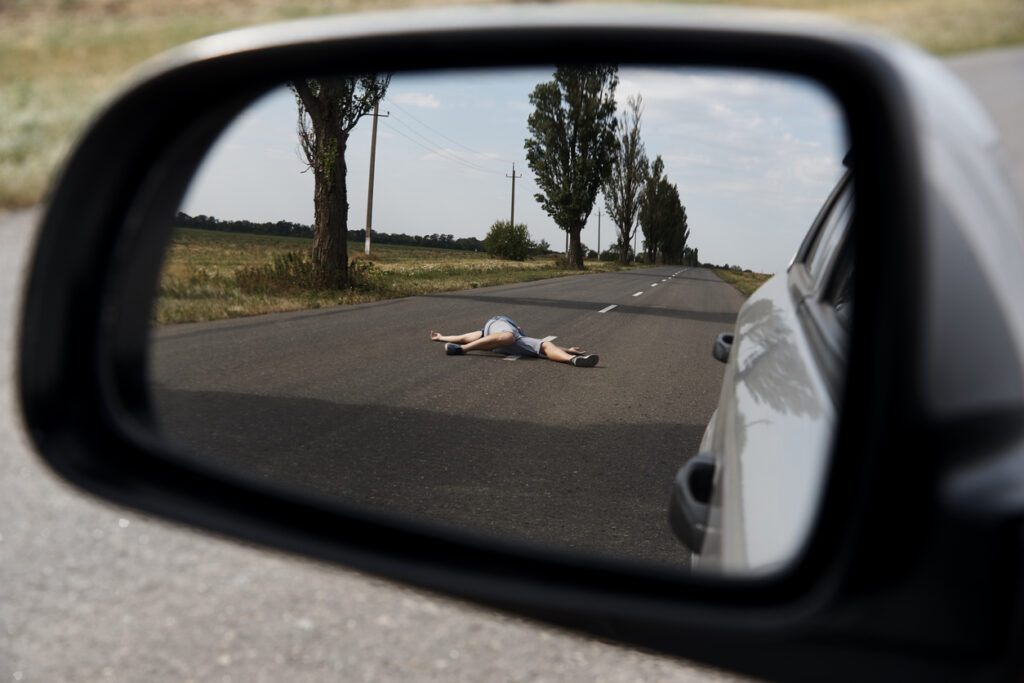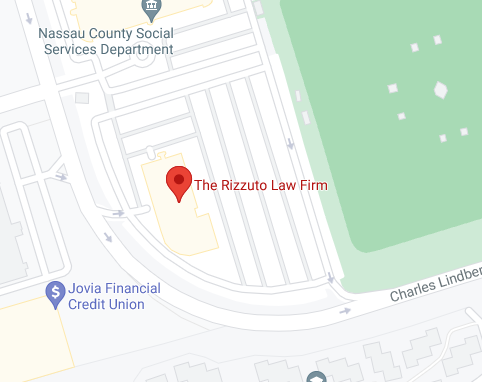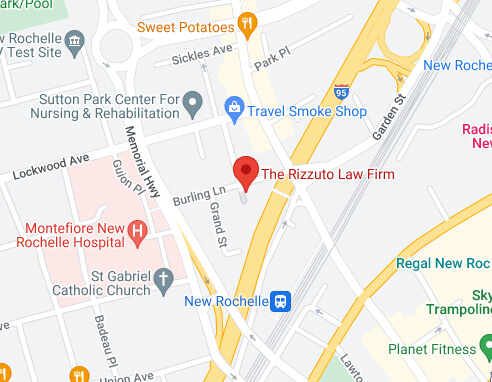Sometimes, people assume they have no deadline to file for personal injury claims. But that’s far from the case, and not knowing the restrictions can lead to entirely rejecting damage claims. Here’s what you need to know.
What Is a Statute of Limitations?
A statute of limitations is the amount of time someone legally has to file for claims (or other legal actions) to right an injustice. It’s a deadline with few legal exceptions. When someone tries to claim damages or file a lawsuit beyond the period specified by the statute of limitations, the court will most likely refuse to hear the case because it’s essentially expired. That can also be a factor in negotiating settlements out of court; the other side could refuse to consider a settlement because they know the case likely wouldn’t be heard in court anyway.
Different types of cases have different statutes of limitations. Even within one area of law, some statutes may have carve-outs that extend the time for claims if the injured person was a minor at the time of the accident or was left unconscious for a considerable period.
What Is New York’s Statute of Limitations for Personal Injury Claims?
In general, New York’s personal injury statute of limitations for filing claims or lawsuits is three years from the date the injury occurred or the date when the injury was diagnosed. That three-year period includes most categories of personal injury cases, but not all, including the following.
- Cases involving assault and battery may have one, two, or five years from the date of the assault, depending on the facts of the case and whether or not it’s a civil or criminal case.
- Medical malpractice has 30 months from the date the malpractice occurred or from the end of continuous treatment by the medical professional who will be sued.
- Wrongful death cases have two years from the date of death to file claims or lawsuits.
- Rape cases have no statute of limitations.
There are circumstances in which the statute of limitations might legally be extended. Because the laws around personal injury cases are so complex, working with an experienced personal injury attorney is highly advisable.
How Can Negligence Be Proven in New York?
Personal injury cases are either rooted in someone’s intent to cause harm or someone’s neglect that caused an accident. The latter has four prongs, all of which must be proven in court to succeed.
- Duty of care. The person accused of causing the accident was responsible for acting carefully on behalf of others. This could be anything from a driver following driving laws properly to a landlord cleaning ice off sidewalks.
- Breach of the duty of care. The person who had the duty of care breached that duty. To adjust the examples above, the driver could have been driving drunk or distracted, and the landlord didn’t take action to mitigate ice sidewalks and steps.
- Causation. This means that the breach of duty of care led to the accident that caused the injury. In some ways, this is the most important thing to prove, and sometimes it’s the hardest. In the examples above, a drunk driver may be arrested and test positive for being over the limit of alcohol consumption, meaning they breached the duty of care. A landlord may claim they planned to clear the ice but had some reason they couldn’t, which could complicate the case.
- Damages. The injured person suffered actual harm and financial damages as a result of the negligence, such as medical bills or lost wages.
What Is Comparative Negligence in New York?
Comparative negligence is an aspect of the law that says the injured party may be held partly responsible for the accident if they contributed to it in some way. Different states use different gauges.
In New York, pure comparative negligence is used, which means that even if the injured person is 99% responsible for the accident, they can still collect 1% of the damages awarded to them.
For example, if a drunk driver hit another driver and caused them injuries, but the injured driver ran a red light, they could be found partly liable for the injury. If the court awarded them $20,000 in damages but said they were 40% responsible for the accident, their damages would be reduced by 40%, and they’d receive only $12,000 instead of $20,000.
Situations like these are why having an experienced personal injury attorney working on your case is crucial. The other party is going to work hard to shift as much blame onto the injured person as possible.
What Should I Do if I Have a Personal Injury Case?
If you’ve been injured in an accident that’s likely someone else’s fault, the first thing you should do is see a doctor, even if you feel fine. There are injuries that don’t show symptoms right away, and if left untreated, they can worsen. Another reason to see a doctor right away is that if you don’t, the negligent party could try and claim that your injury came from something else, not the accident.
Then call the Rizzuto Law Firm as soon as possible at 516-622-0606 for a free case evaluation. Our experienced, knowledgeable personal injury attorneys can help guide you through your case and what you can expect to happen. We understand how traumatic being injured in an accident can be, and we’re here to help you achieve the best outcomes possible.









